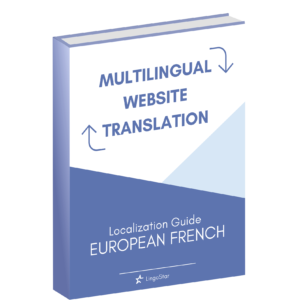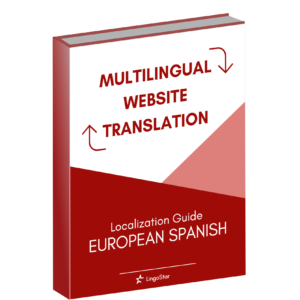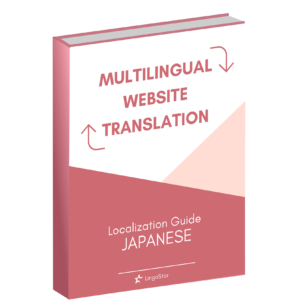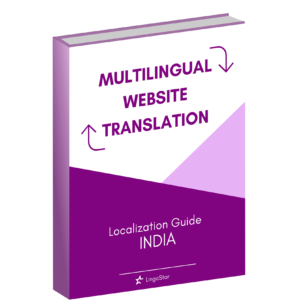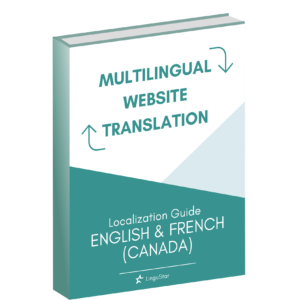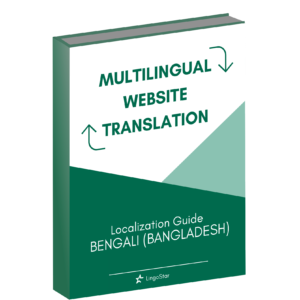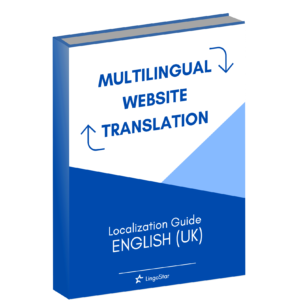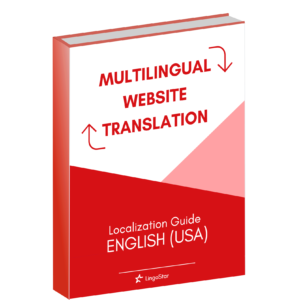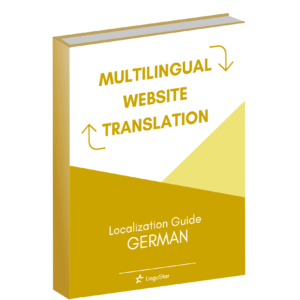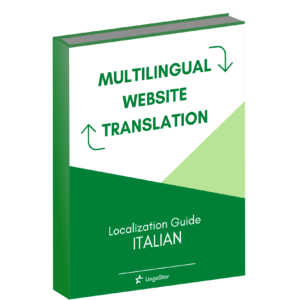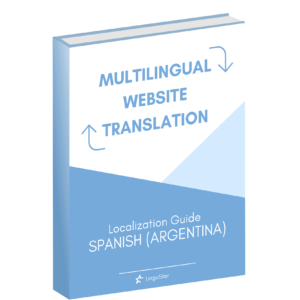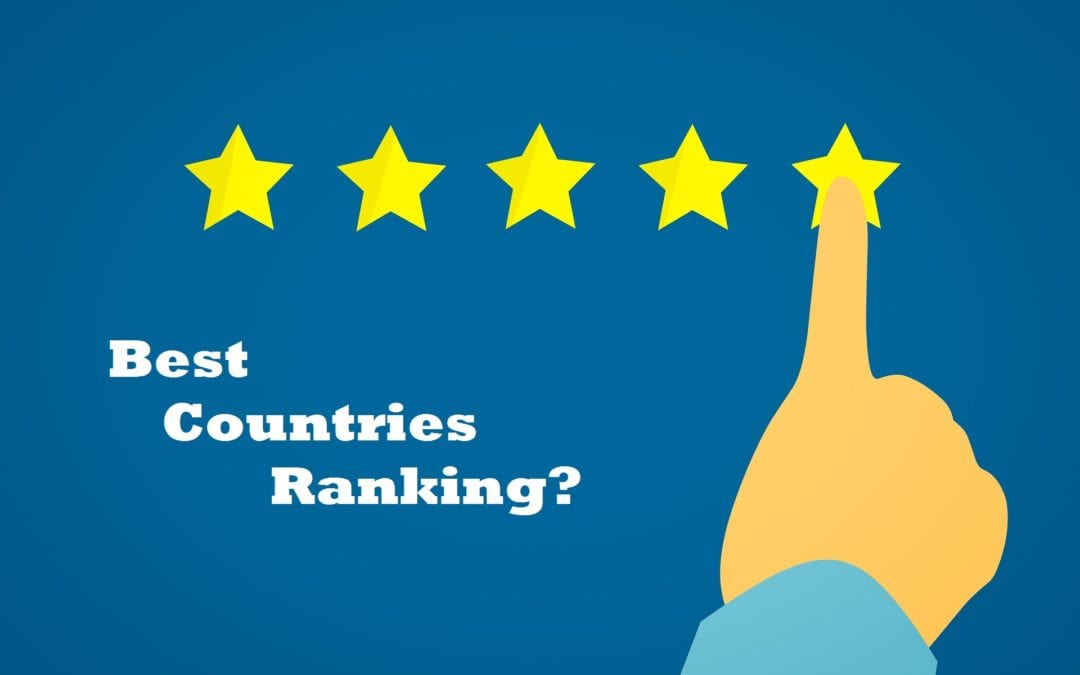
The Best Countries in the World – Ranking Results
Canada Is Second in the Best Countries Ranking! This is official, Canada got the second place this week from the U.S. News Best Countries ranking in their ranking for the best countries in the world. And we are sufficiently proud of it. But let’s be sincere: Who does actually know what it takes to succeed in this ranking? How do they carry it out and which factors count in? Because “Best country” sounds quite general. So let us give you a brief insight into the ranking, the methodology, and the data. What Is the Best Countries Ranking? The Best Countries ranking is the result of a yearly study which is carried out by the US News & World Report. It is a project created to capture how countries are perceived on a global scale. The final ranking is made according to a set of 65 countries’ attributes which are grouped in 9 categories. These 9 sub rankings listed below eventually calculate the country’s overall ranking score. Adventure (3.24 percent) friendly, fun, pleasant climate, scenic, sexy Citizenship (16.95 percent) cares about human rights, cares about the environment, gender equality, progressive, religious freedom, respects property rights, trustworthy, well-distributed political power Cultural Influence (12.93 percent) culturally significant in terms of entertainment, fashionable, happy, has an influential culture, modern, prestigious, trendy Entrepreneurship (17.42 percent) connected to the rest of the world, educated population, entrepreneurial, innovative, provides easy access to capital, skilled labor force, technological expertise, transparent business practices, well-developed infrastructure, well-developed legal framework Heritage (3.17 percent) culturally accessible, has a rich history, has great food, many cultural attractions Open for Business (11.99 percent) bureaucratic,...






